
It’s mine is a multiplayer maze, race-to-the-center game in a hexagonal field of hexagonal cave parts. Since the levels in this game are generated, my role fell closer to that of a Technical Game Designer than that of a Level Designer.
Play It’s Mine
![]() Note: It’s a prototype!
Note: It’s a prototype!
Don’t be surprised to find bugs, imbalance and potential firewall issues during multiplayer. Also the graphics are rudimentary and if you go for a multiplayer match I hope you are not scared of white, mobile capsules carrying pickaxes. (Seriously, meeting other players during multiplayer even had us developers jump in our chairs a few times.)
If you find a bug, please go ahead and report it through the comment system below or contact me.
Enter a name -> Start -> Start Server -> Start Game
Press Esc to free mouse -> Right Click -> Go Fullscreen
[WP_UnityObject src=”http://www.martin-schmitz.com/wp-content/uploads/2013/06/ItsMine_Web_22012013.unity3d” width=”725″ height=”544″/]
Screenshots
About It’s Mine
Brief: It’s mine is a multi-player maze, race-to-the-center game in a hexagonal field of hexagonal cave parts.
Outline: 5 students, 2 weeks, web based and stand-alone multiplayer game with generated maze-levels using Unity 3D, done for a university course teaching the use of unity
Main role: Technical Game Designer
Time frame: 12 March 2011 – 26 March 2011
Tools I used:
- Unity 3D
- MonoDevelop
- SVN via TortoisSVN
- Skype
My direct responsibilities:
- Level Design:
- Creating a white boxed basic model for the caves to test proportion, not in the game
- Technical Game Design / Scripting e.g.:
- Network connection: client-server structure, direct IP connection, unity master server, RPCs,
- Creating the maze-generating algorithm:
- Node based network of caves parts
- Depth first search to ensure there is a solution
- Random connections, “map rooms”, crystals and decorations
- Mirroring the maze for all players
- Adding very basic chat functionality
- … etc.
- GUI:
- Rudimentary GUI for:
- Start Screen
- Connection and Game Start
- Chat
- HUD
- Game-Over Screen
- Map overlay to be opened from “map rooms”, start and finish areas
- Rudimentary GUI for:
Team efforts
I also worked on the Game Design, mainly with Cordula but the whole team was invited to contribute ideas. Together we settled for the general concept and specific gameplay elements e.g: the hexagonal cave segments and field, awarding points for mining and reaching the goal (to give players with bad orientation at least some chance), having overview rooms where the player can take a look at the map, down to finding the right FOV to provide the player with the necessary overview of these tiny confined caves.
Together with Cordula I also searched for the right parameters for the maze generator. We set the probability for dead-ends and decided that rooms with 3 connections where best as they actively encourage the player to make decisions. We set the probability for crystals and decorations to be placed randomly in cave parts.
We also decided to give the player a hint in form of a ring of brown colored cave parts surrounding the center at half the radius of the field. Before, the player had no indication as to how far he had gotten and whether he had already passed the center. Now he only needs to keep track of on which side of that ring he is, to roughly know how close he is.
Development Process
Two Weeks Rapid Prototyping
During the semester we learned the basics to work with Unity and we found our group, but since we were still learning to get a grip on the engine, had projects to do for other courses and generally to little time to start in time for the first wave of exams and deadlines, we got started after that and only had 2 weeks. But at least we could commit our-selfs full-time and without distractions.
We had a list of Unity features we had to make use of. We didn’t have to use them all to get a good grade but they awarded points respectively to their difficulty so we chose accordingly. With this list in mind we decided for the game concept out of a small pool of suggestions and quickly created this prototype within two weeks. When we had to present the game to the class two days after the deadline, we had no problem to invite our teacher and the quickest of our fellow students to join us in a demonstrative test match.
After the Deadline
I dusted the prototype of, ported it to a newer version and got it back up and running for Christmas 2012 where I used the game as elaborative wrapping paper for my little brothers presents, two steam keys for Skyrim DLC ;). He had to beat the game, in order to retrieve them through a frame to the steam store that was loaded within the same page. This version, minus the steam codes and website is what you can currently see running above.
For the Future
I really liked how the prototype came out but there is obviously room for improvement. I hope I’ll eventually find the time to do just that, and e.g. fine-tune the gameplay (properly balancing speed, distances and points …) add more game modes and different difficulties as well as various player experience improvements. Hopefully some improved graphics will find their way into the game as well and, who knows, maybe we can release this as a proper game someday ;).
Credits
Anja Golisch
Cordula Guder
Mandy Schmidt
Martin Schmitz
Rico Forwerk
Special thanks goes to our Unity tutor Stephan Krohn for teaching us how to use Unity and giving handy feedback and advice.
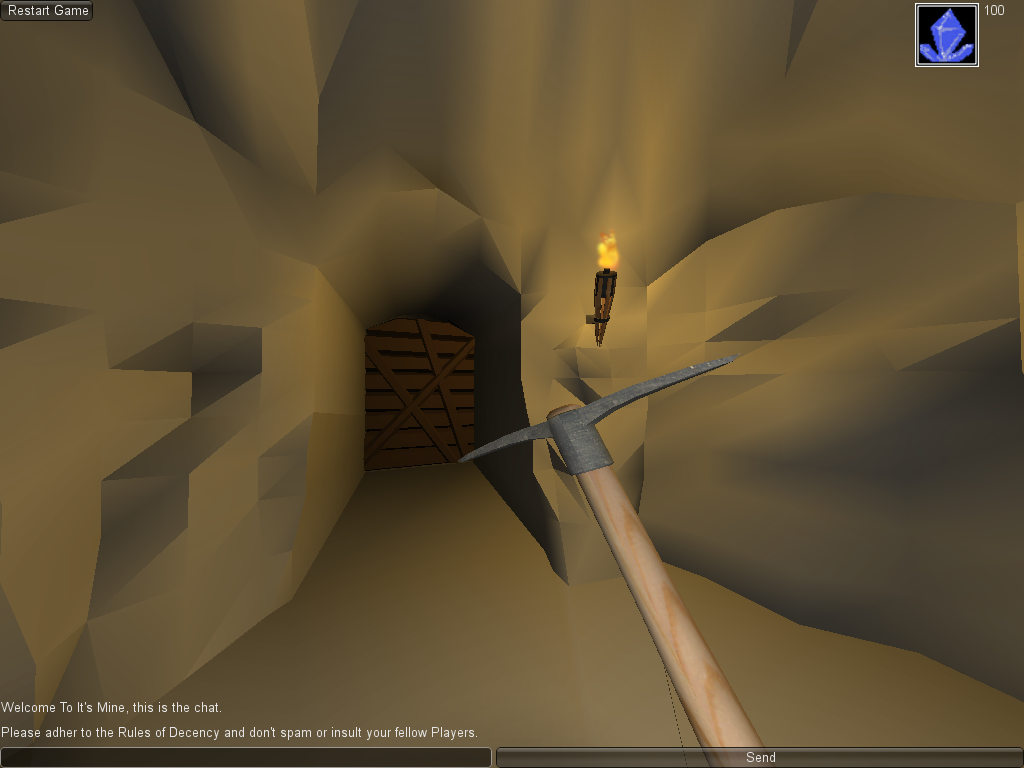
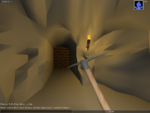
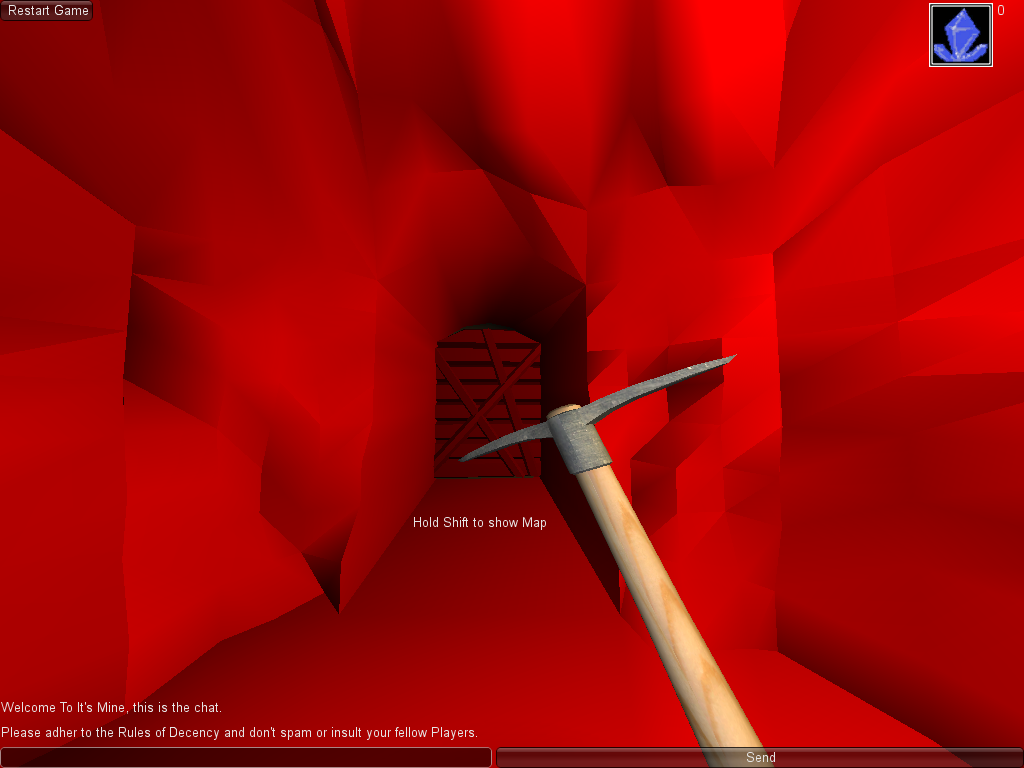
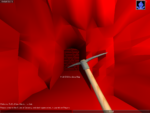
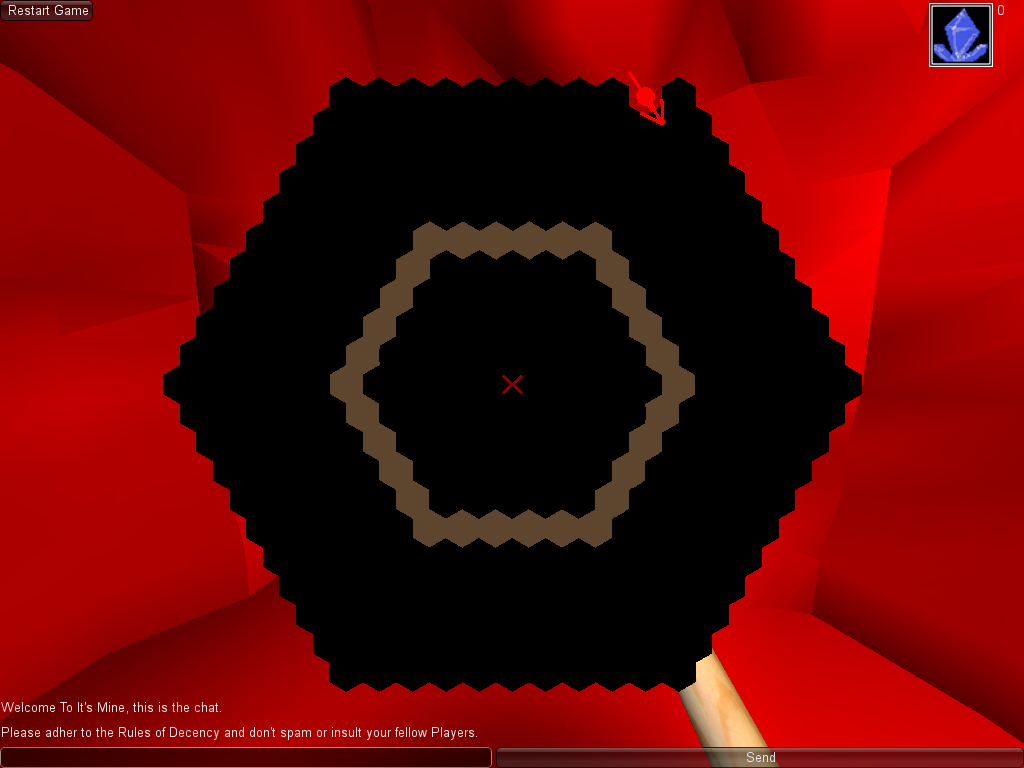
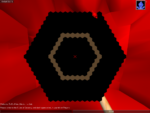

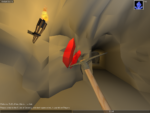
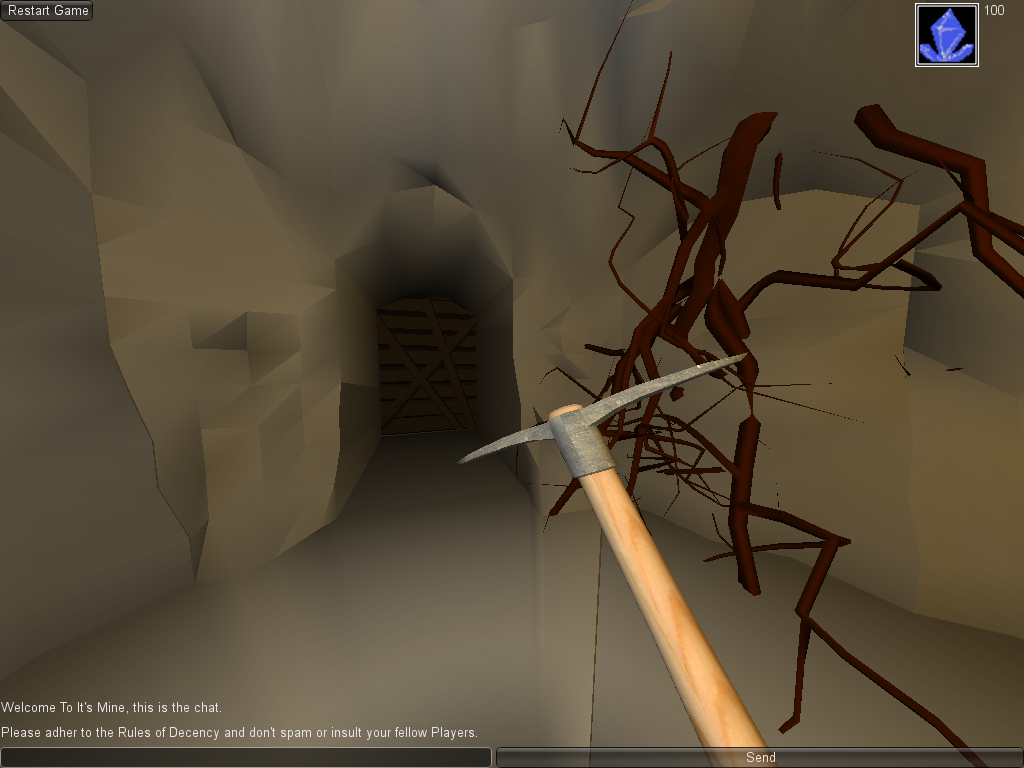
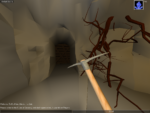
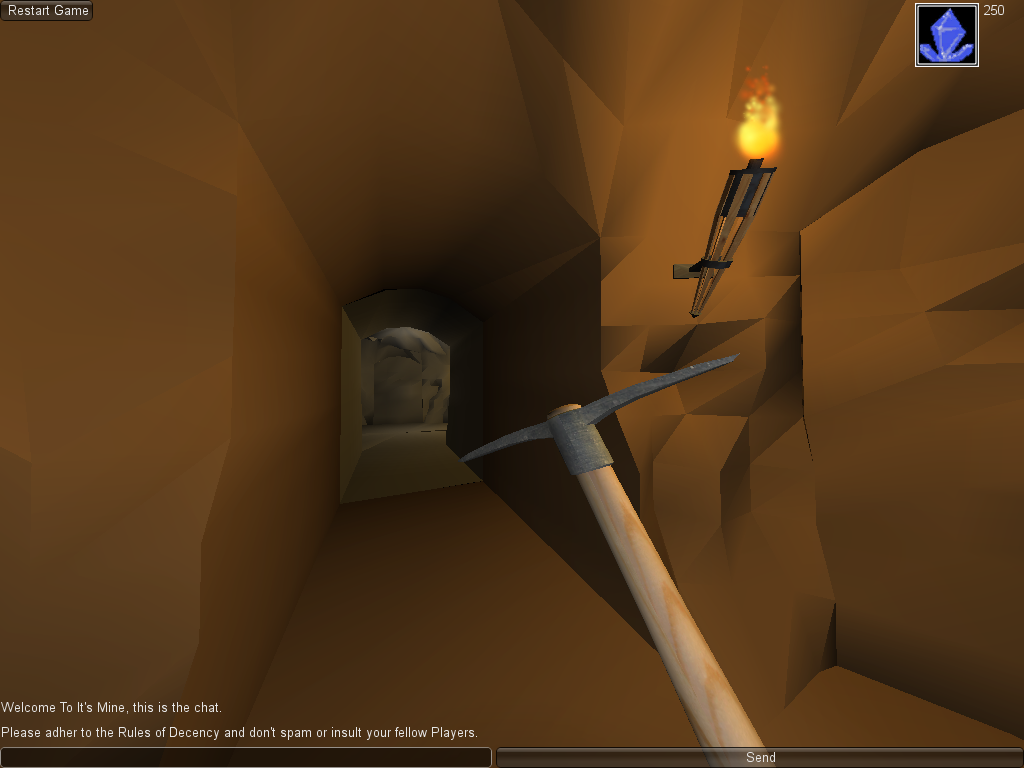
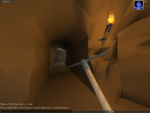
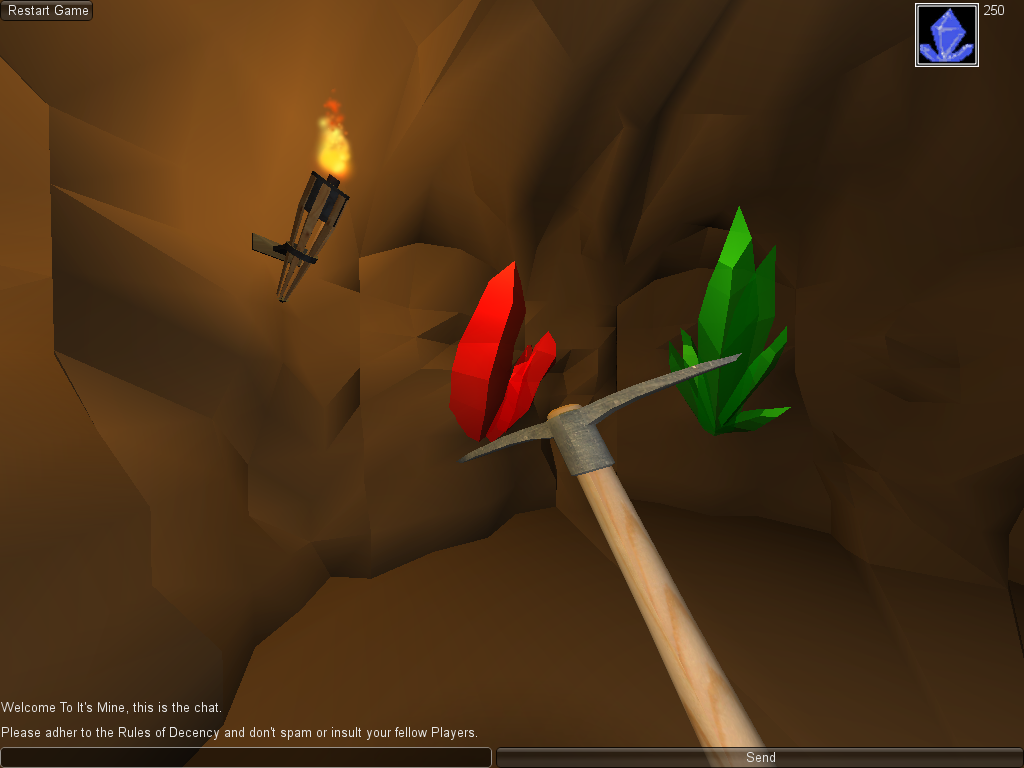
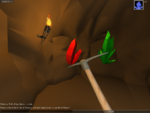
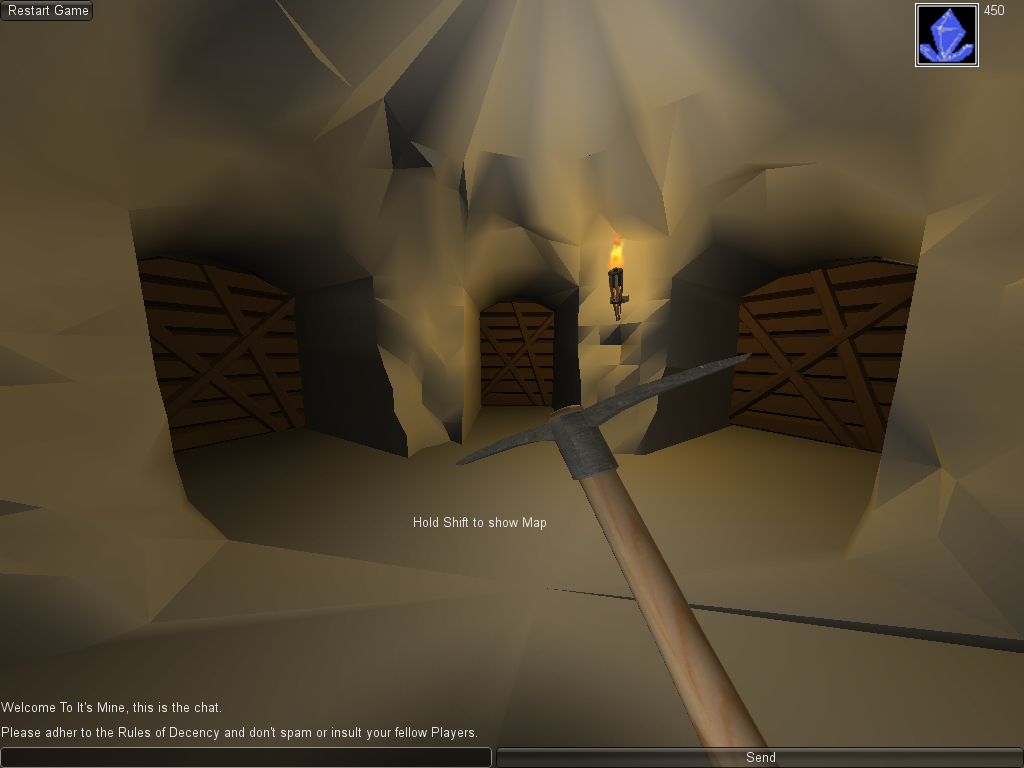
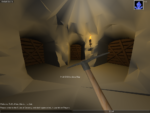
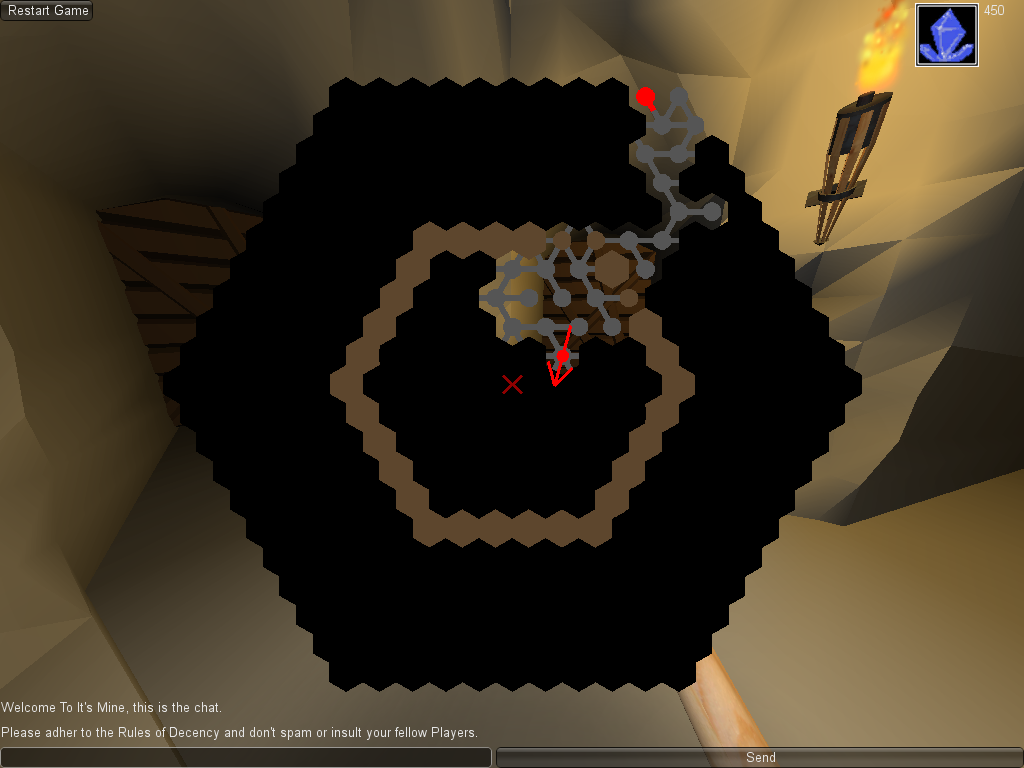
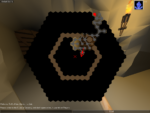
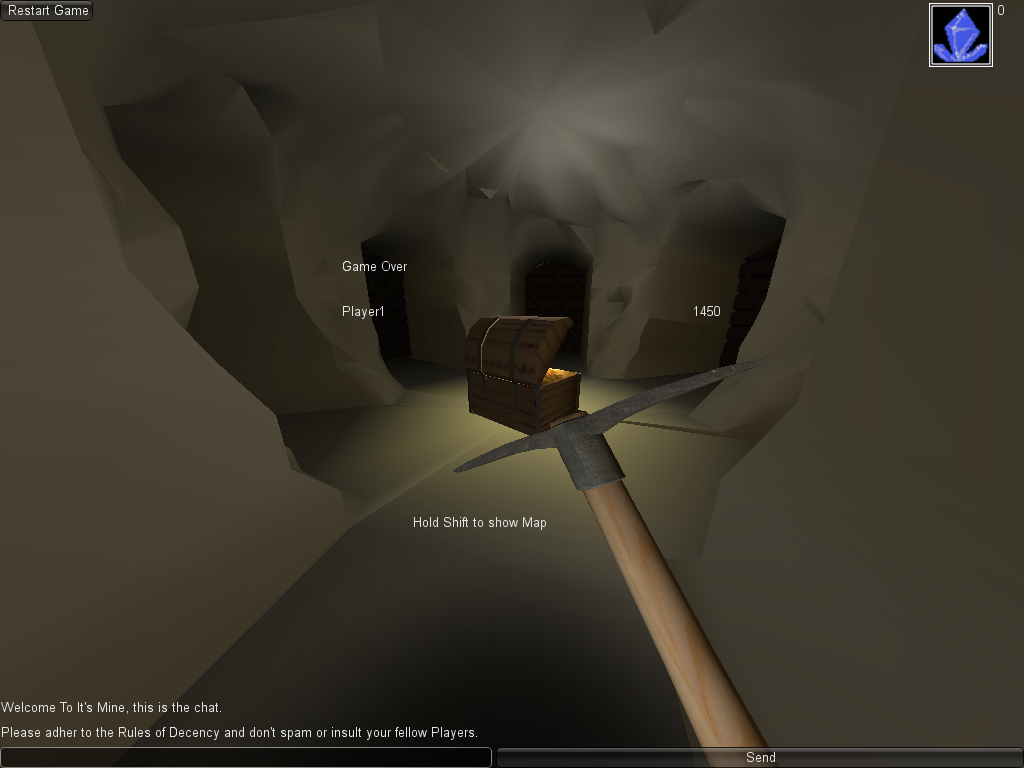

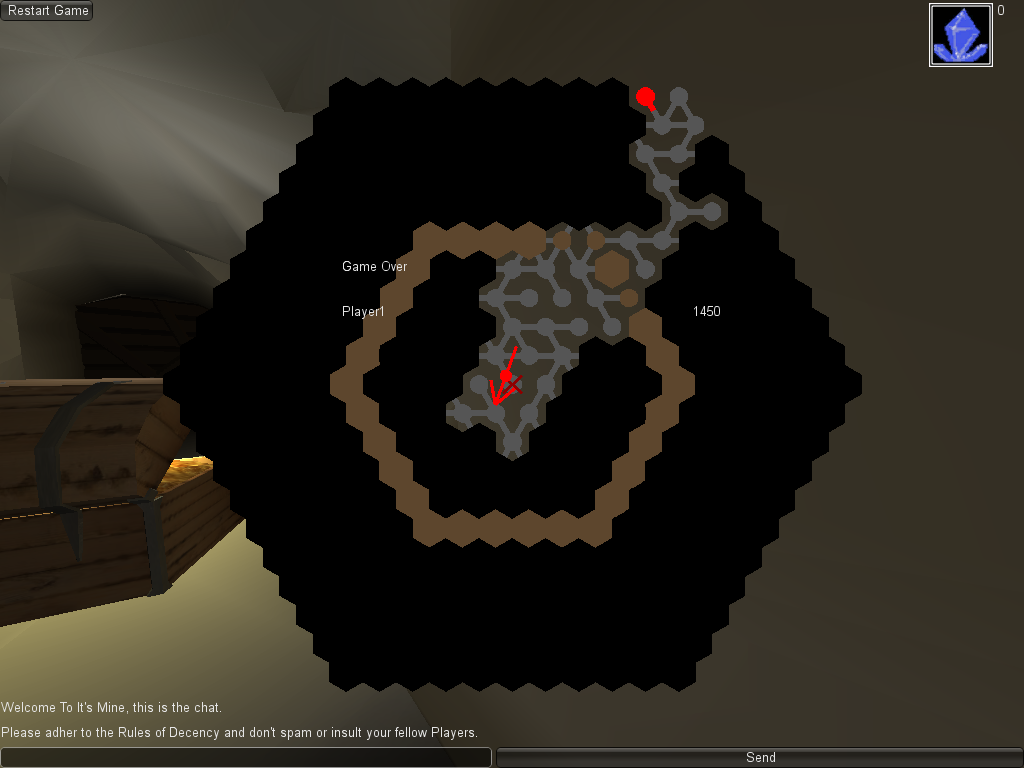
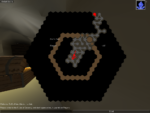
Leave a Comment